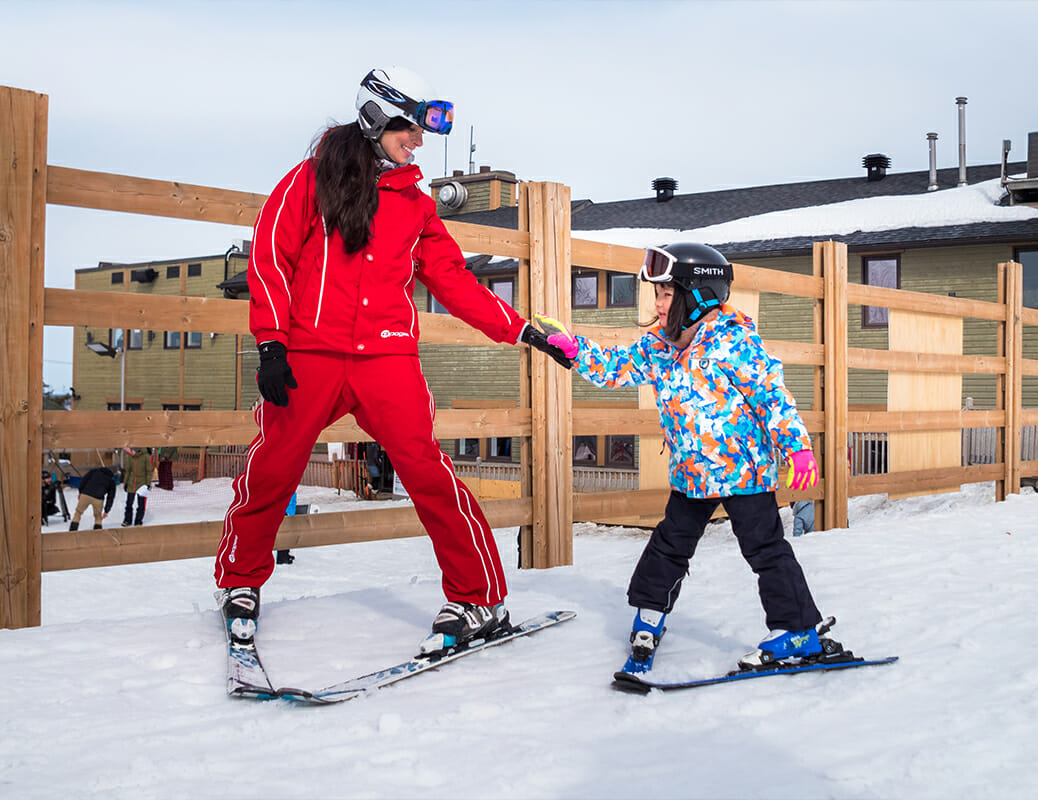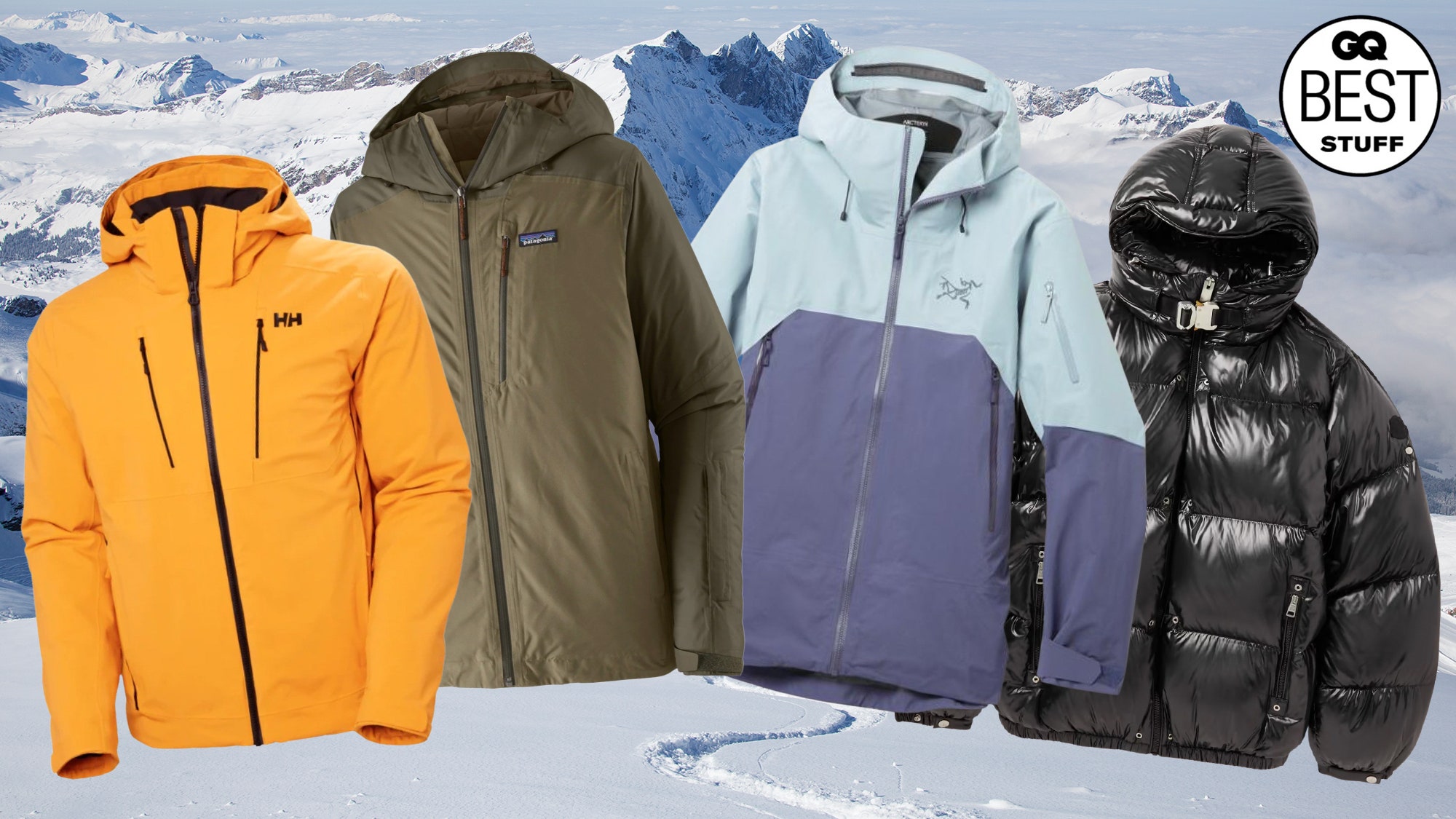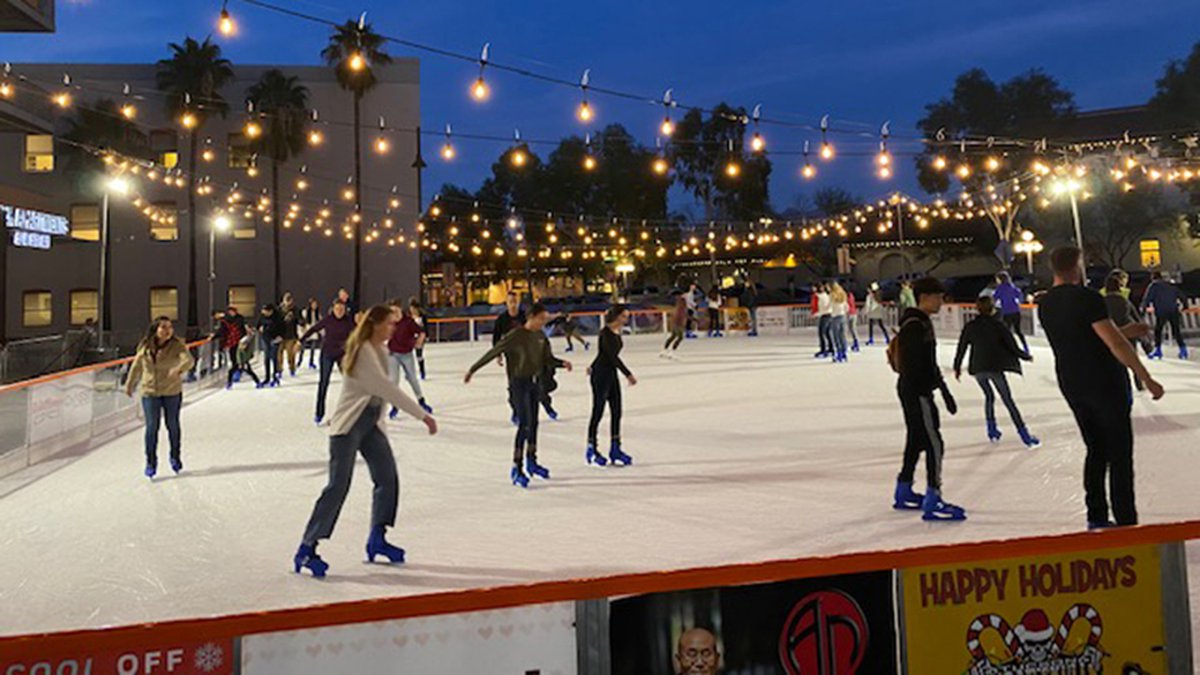
The slalom has been described as one the most technical alpine ski events. It is a combination of giant and downhill. It's a 2-run event. The winner is determined using the lowest combined time.
There are many slalom routes. Skiers must pass through each gate on each course. Each gate must be at least 4m wide and maximum 6m high.
Slalom requires that a skier cuts through each gate from the inside, not the outside. The skier must avoid making sharp turns and coming into contact with the gates. This can slow them down.
They can also take a wrong turn, miss a key gate or cut too close to it and receive a penalty. This could make them lose their race.

The snowy environment in which the slalom is held is ideal, however other conditions could also be affected. For example, it can be very windy on the slalom courses or it could have something to do with terrain.
It is important to understand the basics of slalom and its purpose. This will help ensure that your event is well planned and you are fully prepared.
Giant slalom requires high levels of skill and precision. There is also a lot to do. It is difficult to run and requires a lot of skill.
There are many types of slalom tracks. They differ in the number of turns, distance between gates and the number of turns. Slalom races can use different lengths of skis.
Skiers should choose the right length slalom skiing ski for their body and weight. This will allow them to ski smoother and perform faster turns without sinking into snow.

The speed and level of skier will affect the length of the slalom ski. Skiers who are too long will be unable to turn and will lose their position. A ski that is too small can also slow down the skier, which could lead to them falling.
There are many options for slalom, but the best skis are those that measure under 200cm (80 inches). These shorter skis are preferred by World Cup slalom competitors, though some skiers can still perform well on longer skis.
This is a fast, exciting event and can be very competitive. This is a great opportunity to watch the best alpine skiers compete against one another.
The men's ski slalom, one of five alpine ski events, is an Olympic event. It was first organized at the 1952 Winter Olympics, Oslo, Norway.
FAQ
How much luggage should you take?
The amount of luggage you take depends on the length of your trip. Hand baggage is usually limited to 20 kg if you travel by plane. You will need more space if you travel by train or bus.
At the airport, you will receive a form that you need to complete with your details. This form will ask for information such as your baggage weight and if you require assistance to check them in.
Before you leave for work, make sure to check it. If you don't, then you could find yourself waiting around for hours while everyone else checks their luggage.
Travel light as you never know what may happen. If your bag is lost or damaged, you will not have any clothes.
Should I get travel insurance?
Travel insurance is important if your plans include adventure travel. It's important that you are covered for all kinds of adventure sports.
For example, if you are skiing, you should ensure that you have medical coverage. You should also think about getting coverage for theft loss and damage.
It is also worth considering purchasing cancellation cover. This allows you to cancel your holiday without having to pay any penalties.
You should also ask for coverage for emergency evacuation. This covers being evacuated off the mountain in an emergency such as an avalanche.
What should you do first when you arrive at your destination?
You should always have an itinerary for when you arrive at a place. It will let you know what to expect, and where to go next.
It is important to plan ahead so you don't forget anything.
If you plan to spend more than one day in a given city, it is important to research the museums, parks and landmarks that you would like to see.
You might also want to get a map and learn more about the history of the region.
Statistics
- Pack sweaters, jackets, and underwear in reusable compression bags creating up to 75% more space in your luggage. (wikihow.com)
- According to Maori legends, this park holds 14 fjords that were all carved by a giant stonemason with an adze. (busytourist.com)
- Case in point: the private island of Ilha Caldeira, less than seven miles off the coast as part of the Primeiras and Segundas Archipelago, is located within the marine-protected area with 20 percent of the country's intact living coral. (travelandleisure.com)
- Alcoholic beverages with more than 24% but not more than 70% alcohol are limited in checked bags to 5 liters (1.3 gallons) per passenger and must be in unopened retail packaging. (tsa.gov)
- No Checked Bags: No Alcoholic beverages with more than 70% alcohol (over 140 proof), including grain alcohol and 151 proof rum. (tsa.gov)
External Links
How To
How to plan your next vacation
Planning a trip can involve many things including booking flights, hotel reservations, car rentals, and activities. It includes important considerations such a budget, destination, weather forecast, time frame, etc.
These are important points to remember when planning your next vacation.
We've created a step by step guide to help you plan your next holiday. This guide was compiled based upon customer feedback and experience. We hope that by following this guide, you can plan your next vacation without any hassle.
Steps:
-
Plan your Budget - This is the most important step to take when planning for a trip. Before you can begin to plan where you want to go and what you'd like to do, you should know how much. If you don’t have enough money, it might be necessary to cancel your trip.
-
Book Your Flights - After determining your budget, the first thing you should do is book your tickets. You should ensure that you get the best deal possible at the lowest price. You should also check to see if any airlines offer special deals during specific seasons. These deals could save you a lot of money.
-
You can choose your destination - Once you have purchased your ticket, you need to decide where you would like to go. Multiple factors come into play when choosing your destination, including location (where you're going), climate (what season to visit), culture (how friendly people are), and cost (how affordable it is).
-
Locate Accommodations – After you've chosen your destination, you need to locate accommodations. There are many accommodation options available, from inexpensive hostels to luxury suites. Your needs and preferences will determine the type of accommodation that you choose. If you're looking for an area close to downtown, a hotel may not be the right choice. However, homestays may be more suitable for you if your preference is quieter and away from crowds.
-
Select Activities and Attractions - Now is the time for you to choose the attractions and activities that you want to include in your itinerary. You can choose to include only certain activities depending on how long you stay. Or, add multiple new activities throughout the trip.
-
You can now determine your schedule. A fixed schedule will ensure that you get the best value for your trip. If you have the freedom to roam as you please, your trip will be even more enjoyable.
-
Create Itinerary - Creating an itinerary includes all the information about your trip. From flights to accommodation, activities to restaurants, you should write them down and create a list of things to remember.
-
Research online - Make sure you do your research before you leave for your trip. Read reviews and testimonials to find out what other travelers think about different destinations. This will help you plan.
-
Pack Lightly - One of the biggest mistakes people make when packing is bringing too many clothes. Don't bring five clothes. Bring three. Wear clothing that is appropriate for the climate you are visiting.
-
Make sure you are prepared - Make sure you have everything prepared before you go. You don't want to waste time searching for important documents while you're still in transit.